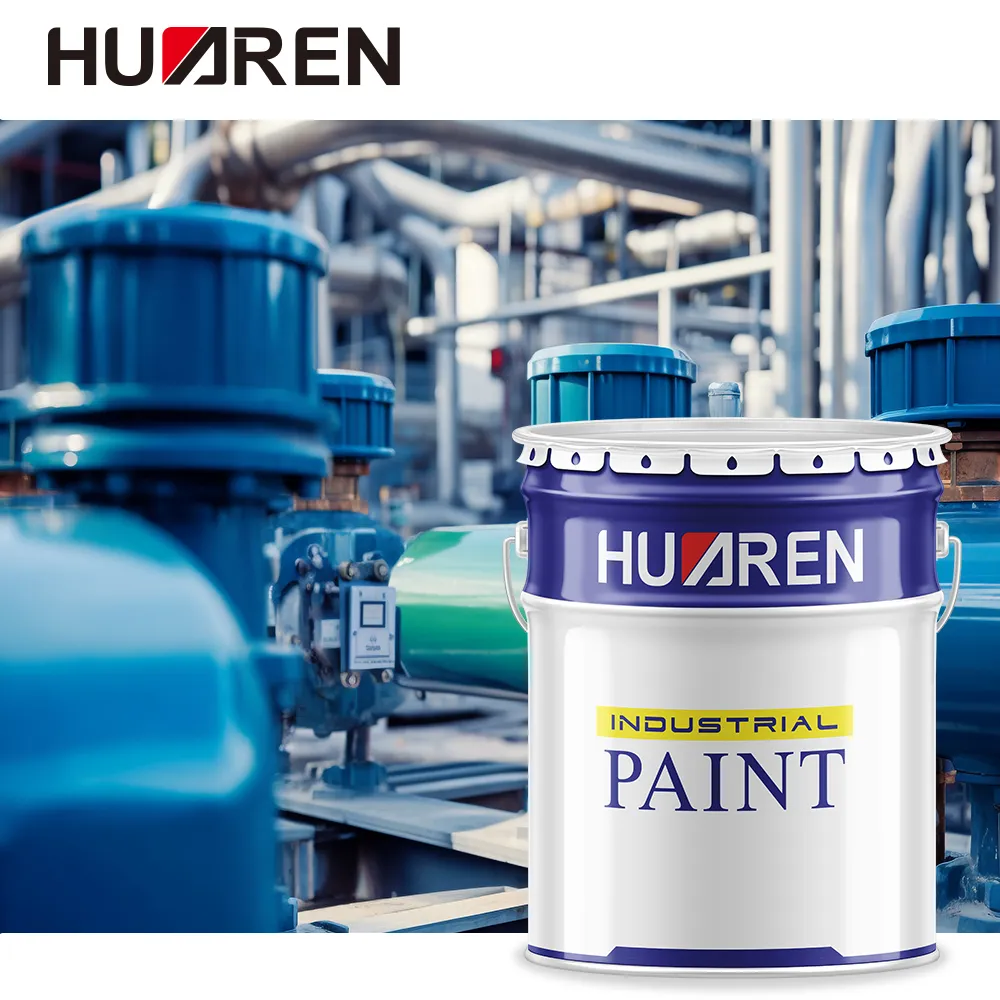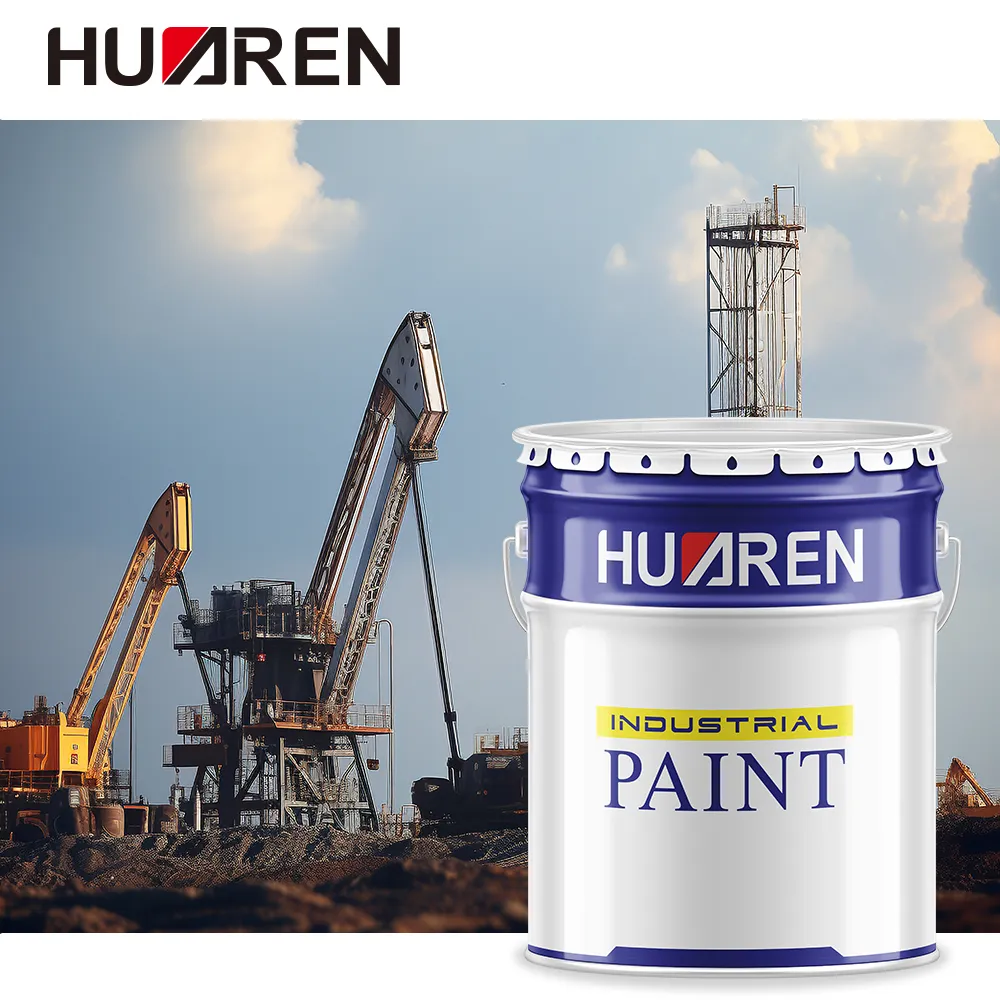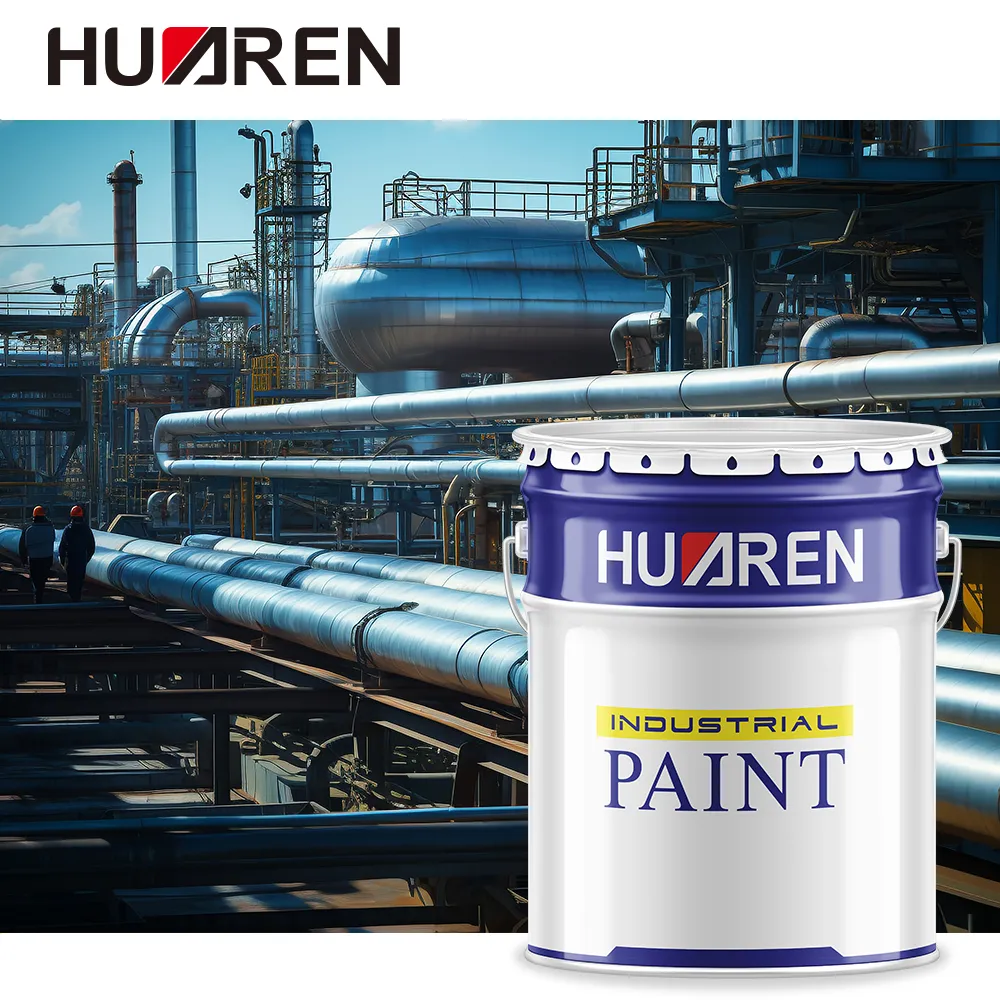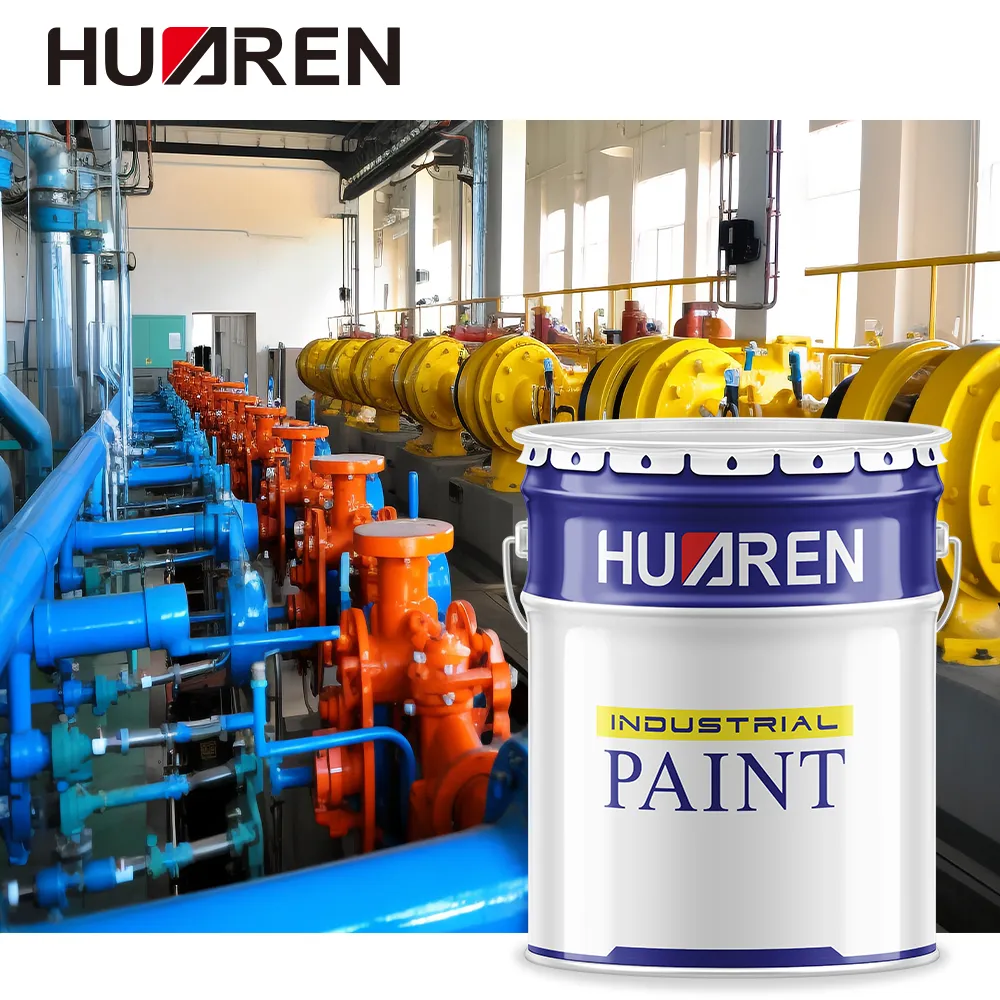High build primer refers to a primer specially used to provide a thick coating on the surface. Its role is not only to enhance the adhesion of subsequent coatings, but also to fill the uneven areas of the surface, cover defects, and enhance the final effect of the entire coating system. High build primer is widely used in automotive, marine, architectural and industrial coatings, especially for occasions that require thick and durable coatings.
In this news, we will take a deep look at what high build primer is, its characteristics, advantages, application scenarios, and how to use it correctly. Through a comprehensive analysis, help readers understand the key role of this coating and its importance in different fields.

What is high build primer?
High build primer, as the name suggests, is a primer with high filling capacity. This type of primer is designed for thick coating and is usually able to form a thicker coating than ordinary primers, and can even reach a thickness of hundreds of microns in one application. Its main purpose is to fill the defects on the surface of the substrate, such as scratches, pits and other tiny unevenness, to make the surface smoother and flatter, and lay a good foundation for subsequent coatings.
Compared with ordinary primers, high build primers are more structural and thick, especially suitable for projects that require thicker coatings and larger surface defects.
What are the ingredients of high build primer?
High build primers are usually made of materials such as epoxy resins, polyurethanes, polyesters or acrylics. These materials can provide excellent adhesion, chemical resistance and corrosion resistance. According to different substrates and application requirements, high build primers can be divided into the following types:
● Epoxy high build primer: It has excellent adhesion and chemical resistance, suitable for surfaces such as metals and concrete, and is a common type of primer in the industrial and marine fields.
● Polyurethane high build primer: It has good UV resistance and wear resistance, and is often used in the coating of automobiles and outdoor facilities.
● Acrylic high build primer: It has fast drying and high decorative properties, suitable for use in light industry and home improvement fields.
These primers can not only provide filling functions for the surface, but also improve the durability and aesthetics of subsequent coatings.

What is the role of high build primer?
Functions of high build primer:
1. Provide a thick protective layer
2. Fill surface defects
3. Improve the adhesion of subsequent coatings
4. Provide anti-corrosion properties
Provide a thick protective layer
A major feature of high build primer is that it can form a thicker coating at one time. Compared with ordinary primers, high build primer can better resist the erosion of the external environment, especially those surfaces that need to be frequently exposed to harsh conditions, such as industrial equipment, ship hulls, etc.
Through a thick coating, high build primer can effectively prevent the surface of the substrate from oxidation, corrosion and mechanical damage, and extend the service life of the substrate.
Fill surface defects
Whether it is metal, wood or concrete substrates, there will be more or less surface defects, such as tiny scratches, pits or bubbles. High build primer can fill these uneven areas and provide a smoother surface. This ability is particularly suitable for surface coatings that require a high-quality appearance, such as surface treatment of automobiles and ships.
Improve the adhesion of subsequent coatings
A core function of primers is to provide a good adhesion foundation for subsequent coatings. High build primer, with its excellent adhesion and thickness, can make the subsequent topcoat or other coatings adhere more firmly to the substrate, reducing the occurrence of peeling, flaking and other problems.
Provide anti-corrosion performance
Especially for metal surfaces, high build primer can provide additional anti-corrosion protection. It blocks the entry of moisture and oxygen through its thick coating, preventing the metal from oxidizing and rusting. Therefore, structures exposed to humid environments such as ships and bridges often require this primer for protection.

What are the application scenarios of high build primer?
The application scenarios of high build primer are:
1. Automotive field
2. Ship and marine equipment
3. Industrial equipment and facilities
4. Construction and decoration field
Automotive field
In automobile manufacturing and repair, high build primer is often used for the initial treatment of vehicle surfaces. Since there may be slight scratches, dents or other defects on the surface of the car body, high build primer can effectively fill these irregular areas, ensure the uniform adhesion of the subsequent topcoat, and enhance the final appearance. Especially in the spraying process of luxury cars, this type of primer is particularly important.
Ships and marine equipment
The marine environment places extremely high demands on the durability of the coating. Ships and marine facilities are exposed to high humidity and salt spray conditions all year round, which makes corrosion a major threat. High build primer can provide long-lasting protection for the hull with its thick coating and excellent corrosion resistance. In addition, the unevenness of the hull surface can also be effectively treated with this primer.
Industrial equipment and facilities
Industrial equipment often needs to face high wear and high corrosion working environments. High build primer provides these equipment with additional protection from chemicals, moisture and mechanical friction. For example, the corrosion resistance and service life of pipelines, storage tanks and other facilities in chemical plants will be significantly improved after using high build primer.
Construction and decoration field
In the construction field, high build primer is often used for surface treatment of substrates such as concrete and wood. Especially in some high-end decoration projects, the filling function of the primer can ensure the flatness and beauty of the topcoat and reduce the appearance of defects.

How to use high build primer correctly?
Substrate preparation
Before using high build primer, you first need to ensure that the surface of the substrate is clean and free of grease, dust and rust. Surface cleaning is essential for the adhesion of the primer, and any residual dirt will affect the effect of the coating.
If the surface of the substrate is too rough, it is recommended to grind or sandblast it first to obtain better adhesion.
Coating thickness and process
The thickness of high build primer is usually between 100 and 300 microns per layer, and the specific coating thickness depends on the use scenario and needs. Generally speaking, spraying, brushing or rolling can be used for coating. The spraying method can ensure uniform coating and reduce the sagging of the paint film during construction.
During the construction process, attention should be paid to multi-layer brushing to ensure that each layer is fully dried before the next layer is applied.
Drying time and environmental requirements
The drying time of high build primer is usually longer, especially in a high humidity environment, and more time is needed to fully cure. It is recommended to strictly follow the recommendations in the product manual during construction to ensure that the coating is cured under appropriate temperature and humidity conditions to obtain the best coating effect.

